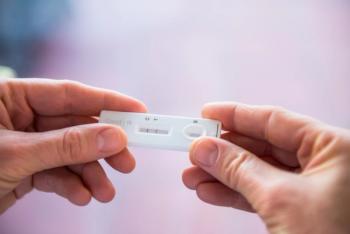
Celiac disease: not as rare as previously thought
Celiac disease-once believed to be rare-actually affects up to 1% of the US population. So underdiagnosed is the problem that the National Institutes of Health convened a consensus panel, which recently announced recommendations for appropriate diagnosis and management of the disease.
Celiac disease-once believed to be rare-actually affects up to 1% of the US population. So underdiagnosed is the problem that the National Institutes of Health convened a consensus panel, which recently announced recommendations for appropriate diagnosis and management of the disease.
Diagnosis of celiac disease may take up to 10 years because symptoms-diarrhea, abdominal cramping, pain, and distention-are relatively common complaints. In addition, other effects like persistent elevation of transaminases, short stature, delayed puberty, iron-deficiency anemia, recurrent fetal loss, and infertility can lead physicians down many incorrect diagnostic paths.
Once the disease is suspected, the first step is serologic testing with either antihuman tissue transglutaminase IgA or endomysial antibody immunofluorescence IgA. Both tests have equivalent diagnostic accuracy with high sensitivity and specificity, according to the NIH panel. If a patient tests positive, the next step is to obtain biopsy specimens of the proximal small bowel.
Mitka M. Higher profile needed for celiac disease: underdiagnosis fosters treatment delays, says panel. JAMA. 2004;292:913-914.
Newsletter
Get the latest clinical updates, case studies, and expert commentary in obstetric and gynecologic care. Sign up now to stay informed.
















